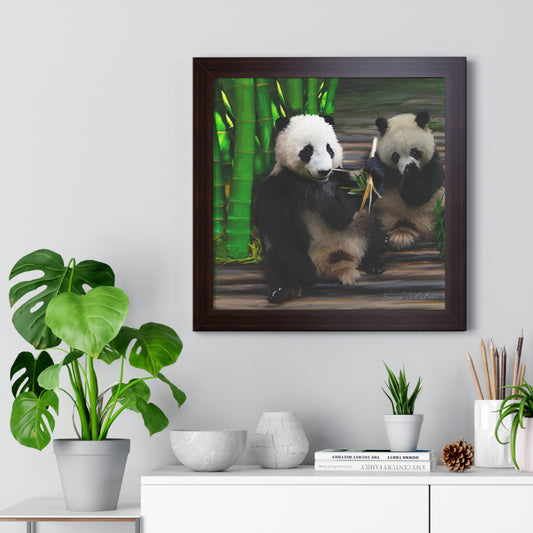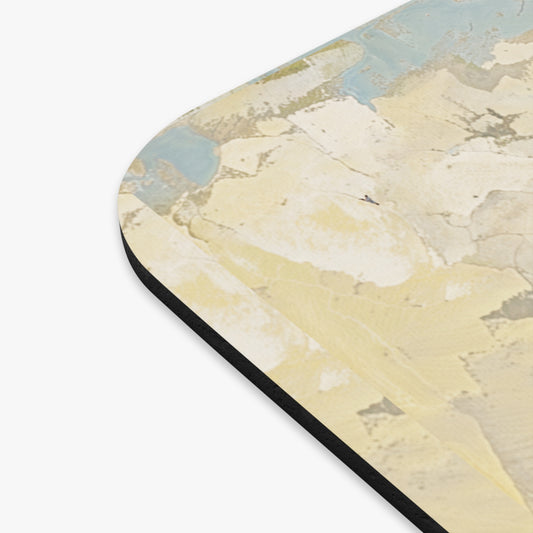Claude Mirror
Share


This Claude Lorrain Mirror is at Middlebury College in Vermont.
A Claude glass (or Black Mirror) is a small mirror, slightly convex in shape, with its surface tinted a dark color. Bound up like a pocket-book or in a carrying case, black mirrors were used by artists, travelers and connoisseurs of landscape and landscape painting. Black Mirrors have the effect of abstracting the subject reflected in it from its surroundings, reducing and simplifying the color and tonal range of scenes and scenery to give them a painterly quality.

This mirror here is not tinted, but will give you an idea how you can frame a scene.
These mirrors were famously used by picturesque artists in England in the late 18th and early 19th centuries as a frame for drawing sketches of picturesque landscapes.[1] The user would turn his back on the scene to observe the framed view through the tinted mirror—in a sort of pre-photographic lens—which added the picturesque aesthetic of a subtle gradation of tones.
Source:

I decided to make my own Claude Glass, using a couple of convex glass frames, I painted the inside with several coats of Liquitex Mars Black, until all light was blocked from the glass.
The idea is that faults in ones paintings tonality should become easier to spot. As all colors are equally tinged with the color of the glass it has the effect of creating simpler arrangements of tone and so making it evident if one color is lighter in tone than another. Unity in the light and dark masses of the painting should therefore be easier to see. When I looked through the glass,I noticed less tonal variations and a simplification of tonal masses. As the amount of light is reduced while viewing the scene through the mirror, the amount of visible detail is greatly eliminated. A plus for those of us, who tend to jump to details way to soon in a painting.
It looks like this book has some interesting information about the origins and use of the Claude Glass. Watch for my review once I get a chance to read through it.

While doing my research on black mirrors, I also found out that they are used for scrying, a form of divination (seeing the future) achieved by gazing meditatively at a flat slightly reflective surface, or as one website describes it:
"During scrying - one gazes steadily into the scrying surface (feel free to blink or allow your point of focus to wander a bit; this is not a method of self-inflicted torture). Eventually, you should be able to pick out shapes or images in the scrying surface; these may appear as crude sketches, or occasionally with the clarity of a photograph. You will actually see these images with your eyes. Once this happens, images may begin to form in your mind, no longer projected onto the scrying surface." (www.crystalinks.com/scrying.html)




























































